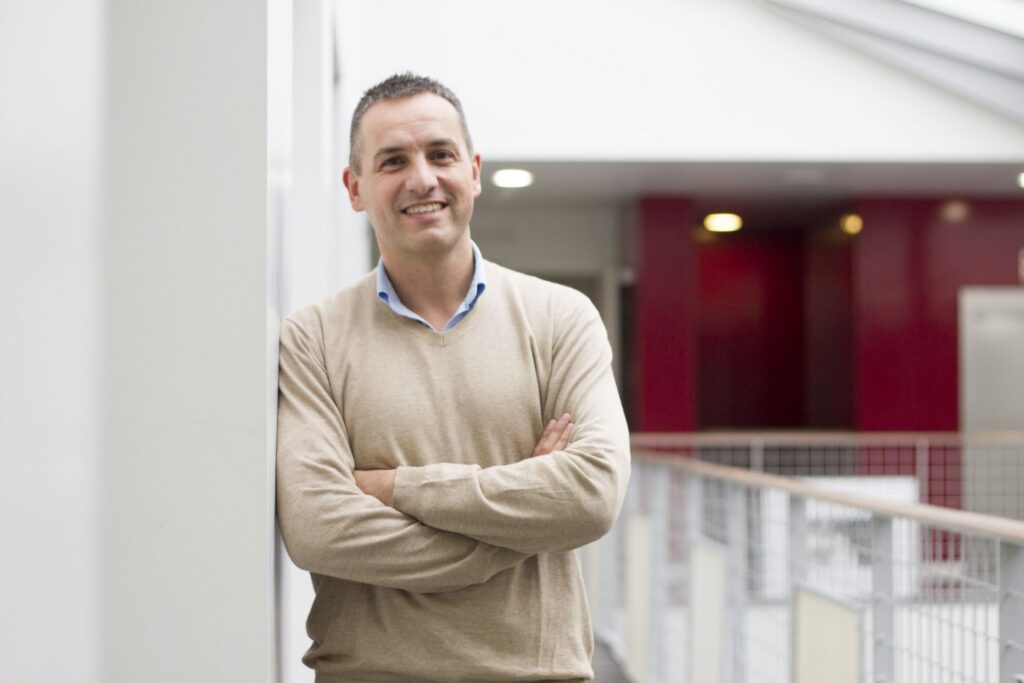
In recent months, the COVID-19 crisis has changed life as we know it. Not only has it impacted many people’s health – both physically and mentally – it has also transformed our workforces and global economies beyond recognition. No one is immune to the effects of the virus; even those that have avoided contracting the life-threatening illness itself have been forced to adjust to the uncertainty.
While it’s still impossible to predict exactly how long it will take for the world to fully recover from this pandemic, we can be sure of one thing; there is a long road ahead of us until we are able to ‘get back to normal’.
As businesses, governments and healthcare professionals attempt to successfully navigate the initial aftermath and claw back a sense of control, modern technologies are emerging which could help to save both lives and economies. One such technology is data virtualisation.
Knowledge is power
Often thought of as a ‘data fabric’ – due to its ability to stitch together data from disparate sources regardless of location, format or latency – data virtualisation delivers information in real time and in the format required by each individual user.
This means that all data, no matter where it is stored – whether on premise, in a cloud environment, data lake, or logical data warehouse – can be brought together to create a complete, real-time view. Data virtualisation also abstracts underlying source complexities so that business users have seamless access to data, while IT departments make changes to the underlying source systems.
In recent weeks this technology has taken centre stage. This is because global outbreaks such as COVID-19 become even harder to manage when critical information is not made readily available to those that need it. Whether its medical practitioners at the point of care, businesses trying to navigate the changing landscape, or governments trying to mitigate the spread of the disease, a lack of critical information presents a never-ending list of serious problems.

More often than not, important information is dispersed across multiple data sources within an organisation. In hospitals, for example, patient data is often spread across different systems and departments – whether that’s clinical systems, emergency department computers, pharmacy systems, the list goes on. Meanwhile, public sector and private organisations will often store critical information on premise, in the cloud and across third party systems.
Whilst this was an inconvenience before, in the midst of a global pandemic, it could be the difference between a business surviving or failing. In the most extreme and serious cases, it could also be the difference between life and death. By creating a logical view of all data held within an organisation and reducing the need to replicate that data into yet another repository, data virtualisation helps to solve the age-old data challenge and enables those battling COVID-19 to access the information they need to make informed decisions, quickly.
In the new COVID-19 landscape, data is knowledge; knowledge which could enable healthcare workers, governments and businesses to gain the upper hand and fight the disease whilst mitigating its wider effects.
Arming those on the front line
Hospitals can use data virtualisation to deliver integrated, 360-degree patient health views directly to healthcare workers in the emergency room, enabling them to successfully determine the best course of treatment from the offset. This is extremely important, as often, when treating the symptoms of COVID-19, time is of the essence but so is accuracy. Doctors need to know the patient’s symptoms, past medical history and any allergies to food or medication before deciding on a course of action. This is all information that can be gleaned quickly and effectively using data virtualisation.
Meanwhile, healthcare agencies and research institutions can use the technology to assemble real-time information from hospitals about the number of cases, including intricate details about the type of people being most impacted and any variations in symptoms. This can help inform containment logistics and accelerate vaccine creation. It also enables government bodies to relay the most up-to-date and relevant advice to the general population to try and reduce the spread of the disease and keep people safe.
Data virtualisation can also help businesses to access the data they need to make informed decisions during this uncertain time. By showing how production capacity may be affected at a certain location and when there might be a shortage of workers or raw materials, the technology can help businesses to alter operations and reroute logistics in order to ensure continuity.
COVID-19 has presented many challenges, disrupting almost every aspect of our lives and transforming many industries forever. Unfortunately, with no vaccine in sight, the end could still be relatively far away. Whilst data virtualisation cannot fully eradicate the disease or cure those afflicted, it could help to mitigate its wider impact. Through boosting visibility and providing an integrated view of all data stored throughout an organisation quickly, it will help businesses, governments and healthcare professionals to unlock the information advantage at a global level, enabling them to gain the upper hand and fight COVID-19 head on.

Alberto Pan
Chief Technical Officer, Denodo


